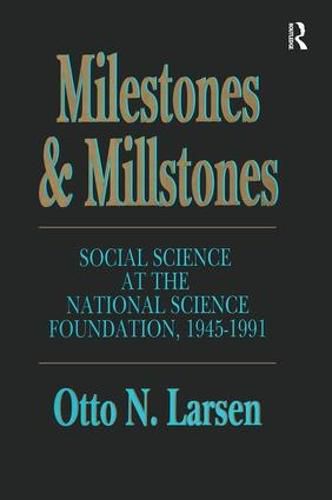Readings Newsletter
Become a Readings Member to make your shopping experience even easier.
Sign in or sign up for free!
You’re not far away from qualifying for FREE standard shipping within Australia
You’ve qualified for FREE standard shipping within Australia
The cart is loading…






From the 1960s onwards, the clothing industry in the Netherlands and elsewhere in the European Union, experienced a deep crisis. Numerous went bankrupt and, even more so, workers lost their jobs. Imports from low wage countries started providing the bulk of retailers’ collections. In the high wage economy of the Netherlands there seemed to be no more room for labour intensive industry such as clothing.However, in the 1980s a surprising development took place. In Amsterdam, a substantial number of new small clothing firms were established, focusing on short-cycle fashion production. Most of these firms were run by Turkish immigrants. During the 1990s, most of these firms disappeared again. At the same time the pattern of imports changed as well, with nearby countries in the Mediterranean region and Eastern Europe increasing their share of the fashionable clothing market. Migration and fashion played an important role in these processes.In this study, Stephan Raes analyses these developments and tries to explain why they occurred. He offers an elaborate multilevel theoretical framework to deal with the changes in the spatial organization of clothing supply. His analysis shows how large retailers have become the most powerful players in the Dutch clothing sector, and how the changes in the spatial pattern of clothing supply have to be understood against the changing logistics of their sourcing. The study takes us from the history of the Dutch clothing industry in the 19th century, to the detailed description of migrants entrepreneurs in the sector, and the changes in trade patterns. It focuses on the interaction of retailers with other actors in the sector, such as suppliers, consumers and governments. Finally, it takes places these developments against the background of transformations in the political economy of the Netherlands and Turkey.
$9.00 standard shipping within Australia
FREE standard shipping within Australia for orders over $100.00
Express & International shipping calculated at checkout
From the 1960s onwards, the clothing industry in the Netherlands and elsewhere in the European Union, experienced a deep crisis. Numerous went bankrupt and, even more so, workers lost their jobs. Imports from low wage countries started providing the bulk of retailers’ collections. In the high wage economy of the Netherlands there seemed to be no more room for labour intensive industry such as clothing.However, in the 1980s a surprising development took place. In Amsterdam, a substantial number of new small clothing firms were established, focusing on short-cycle fashion production. Most of these firms were run by Turkish immigrants. During the 1990s, most of these firms disappeared again. At the same time the pattern of imports changed as well, with nearby countries in the Mediterranean region and Eastern Europe increasing their share of the fashionable clothing market. Migration and fashion played an important role in these processes.In this study, Stephan Raes analyses these developments and tries to explain why they occurred. He offers an elaborate multilevel theoretical framework to deal with the changes in the spatial organization of clothing supply. His analysis shows how large retailers have become the most powerful players in the Dutch clothing sector, and how the changes in the spatial pattern of clothing supply have to be understood against the changing logistics of their sourcing. The study takes us from the history of the Dutch clothing industry in the 19th century, to the detailed description of migrants entrepreneurs in the sector, and the changes in trade patterns. It focuses on the interaction of retailers with other actors in the sector, such as suppliers, consumers and governments. Finally, it takes places these developments against the background of transformations in the political economy of the Netherlands and Turkey.